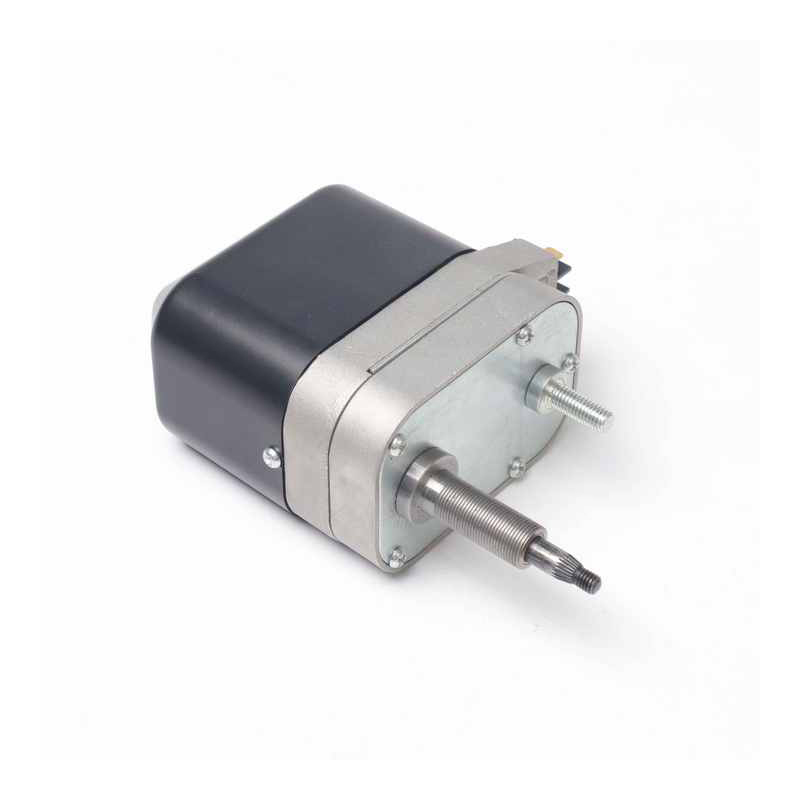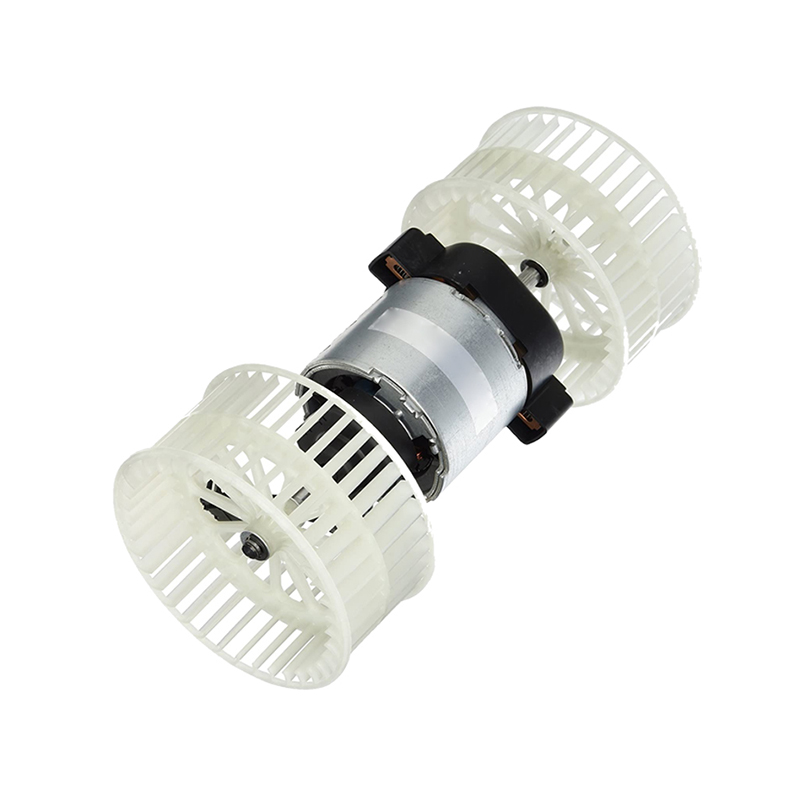 +86-0577-66009580
+86-0577-66009580
 juntmotor@126.com
juntmotor@126.com

When winter arrives in full force, bringing heavy snow, ice, and biting winds, vehicles are put to the test. While much attention goes to traction control, defrosters, and heated mirrors, one unsung hero plays a critical role in maintaining visibility and safety: the wiper motor.
In normal driving conditions, a wiper motor is expected to move windshield wipers at a consistent, moderate pace, clearing rain or light debris. But in a blizzard, when snow accumulates rapidly and ice forms at the base of the windshield, the role of the wiper motor changes dramatically. It must overcome heavy resistance, push through compacted snow, and keep working without hesitation — all without damaging the wiper system.
This is where the high-torque wiper motor comes in.
Unlike standard units, a high-torque wiper motor is engineered to generate more rotational force at lower speeds. This is essential during winter storms, where wipers must repeatedly lift and push dense, wet snow off the windshield. The added torque allows the wiper motor to power through tough conditions without stalling or burning out.
The gearing inside a high-torque wiper motor is specifically designed for this task. A combination of reinforced worm gears and compact planetary gear sets help distribute force efficiently while minimizing energy loss. This design enables the wiper motor to maintain a steady wipe cycle, even when faced with uneven loads or partially frozen wiper arms.
Thermal protection is another critical feature. In sub-zero temperatures, a conventional wiper motor may struggle to operate if internal components freeze or if ice buildup restricts movement. To address this, high-torque wiper motor units are often built with sealed housings and thermal insulation. Some models even integrate low-wattage heaters to keep internal temperatures within the optimal operating range.
But beyond the mechanics, the performance of a wiper motor during a snowstorm is also about consistency. When visibility is reduced and driver reaction time is limited, any delay or failure in wiper performance can lead to hazardous outcomes. A properly calibrated high-torque wiper motor provides peace of mind by ensuring reliable operation through the storm’s duration.

Testing plays a major role in developing winter-ready wiper motor systems. Manufacturers subject these motors to repeated cycles under simulated snowfall, freezing rain, and ice-crust conditions. The goal is to mimic real-world resistance and ensure that the wiper motor can deliver full torque without loss of synchronization or control.
Another element often considered is the interaction between the wiper motor and the wiper linkage. In winter conditions, even the strongest motor is only as effective as the arms and linkages it powers. For this reason, many high-torque wiper motor designs include overload protection or torque limiters, which prevent damage to the wiper mechanism if movement becomes blocked. This not only protects the motor but also the blades and the windshield itself.
Energy efficiency is also worth noting. While high torque implies higher power draw, many modern wiper motor units use brushless designs or intelligent control modules that regulate output based on resistance. This helps reduce battery drain in already demanding winter conditions where lighting, heating, and other systems are running at full load.
In larger vehicles like trucks, buses, and snow plows, the wiper motor becomes even more critical. The windshield area is broader, the arms are longer, and the snow accumulation can be much heavier. In these applications, a commercial-grade wiper motor with customized torque output is not just helpful — it’s essential for maintaining road visibility and vehicle uptime.
The role of the wiper motor in winter may go unnoticed during milder months, but in blizzard conditions, its value becomes immediately clear. As snow thickens and temperatures fall, a high-torque wiper motor doesn’t just clear the view — it keeps drivers moving forward when the road ahead disappears in white.

